Sin Wai Kin
29 Mar - 09 Jun 2024
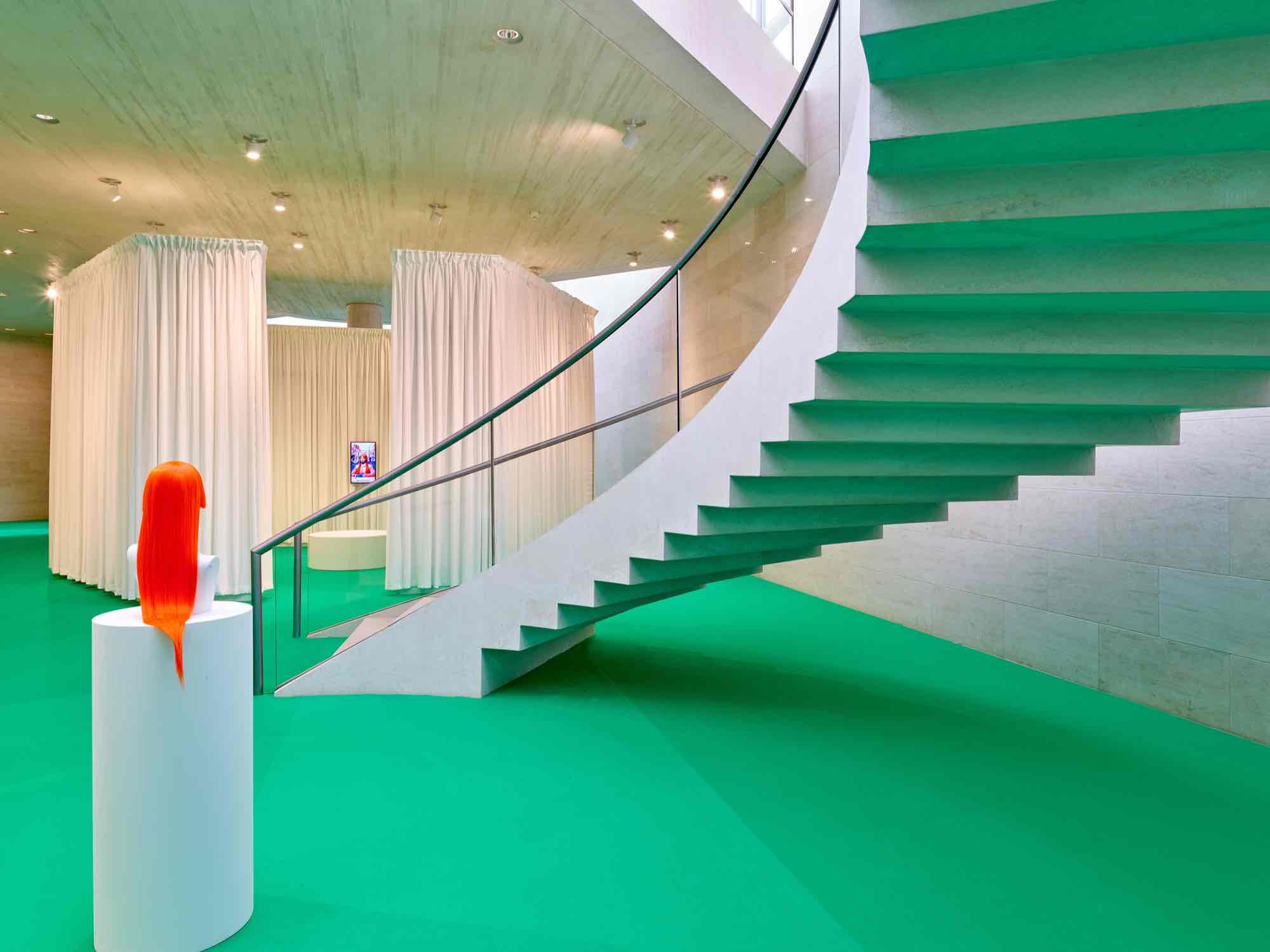
View of the exhibition Sin Wai Kin. Portraits, 29.03 — 09.06.2024, Mudam Luxembourg
© Photo : Studio Rémi Villaggi
© Photo : Studio Rémi Villaggi
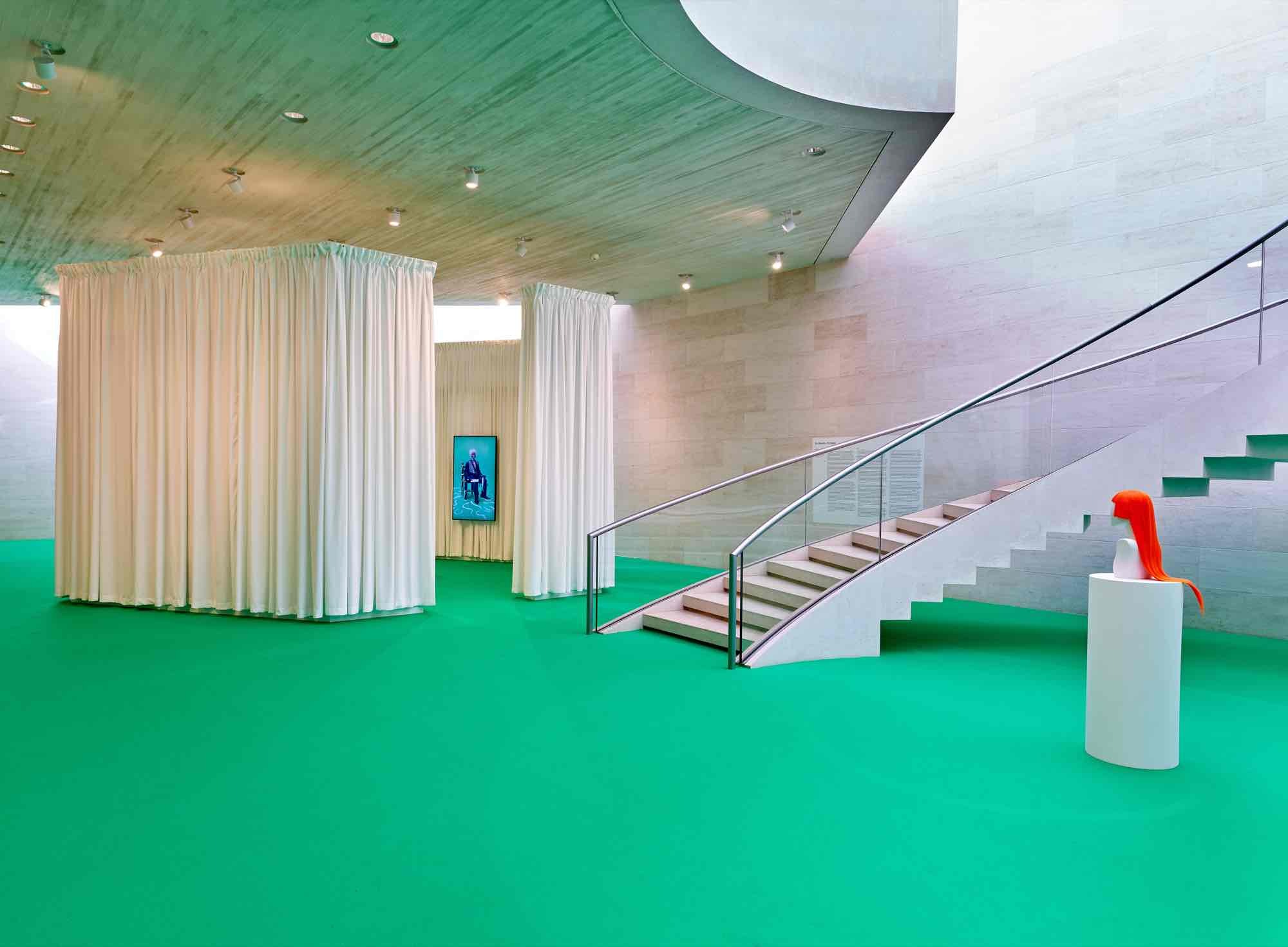
View of the exhibition Sin Wai Kin. Portraits, 29.03 — 09.06.2024, Mudam Luxembourg
© Photo : Studio Rémi Villaggi
© Photo : Studio Rémi Villaggi

View of the exhibition Sin Wai Kin. Portraits, 29.03 — 09.06.2024, Mudam Luxembourg
© Photo : Studio Rémi Villaggi
© Photo : Studio Rémi Villaggi

View of the exhibition Sin Wai Kin. Portraits, 29.03 — 09.06.2024, Mudam Luxembourg
© Photo : Studio Rémi Villaggi
© Photo : Studio Rémi Villaggi
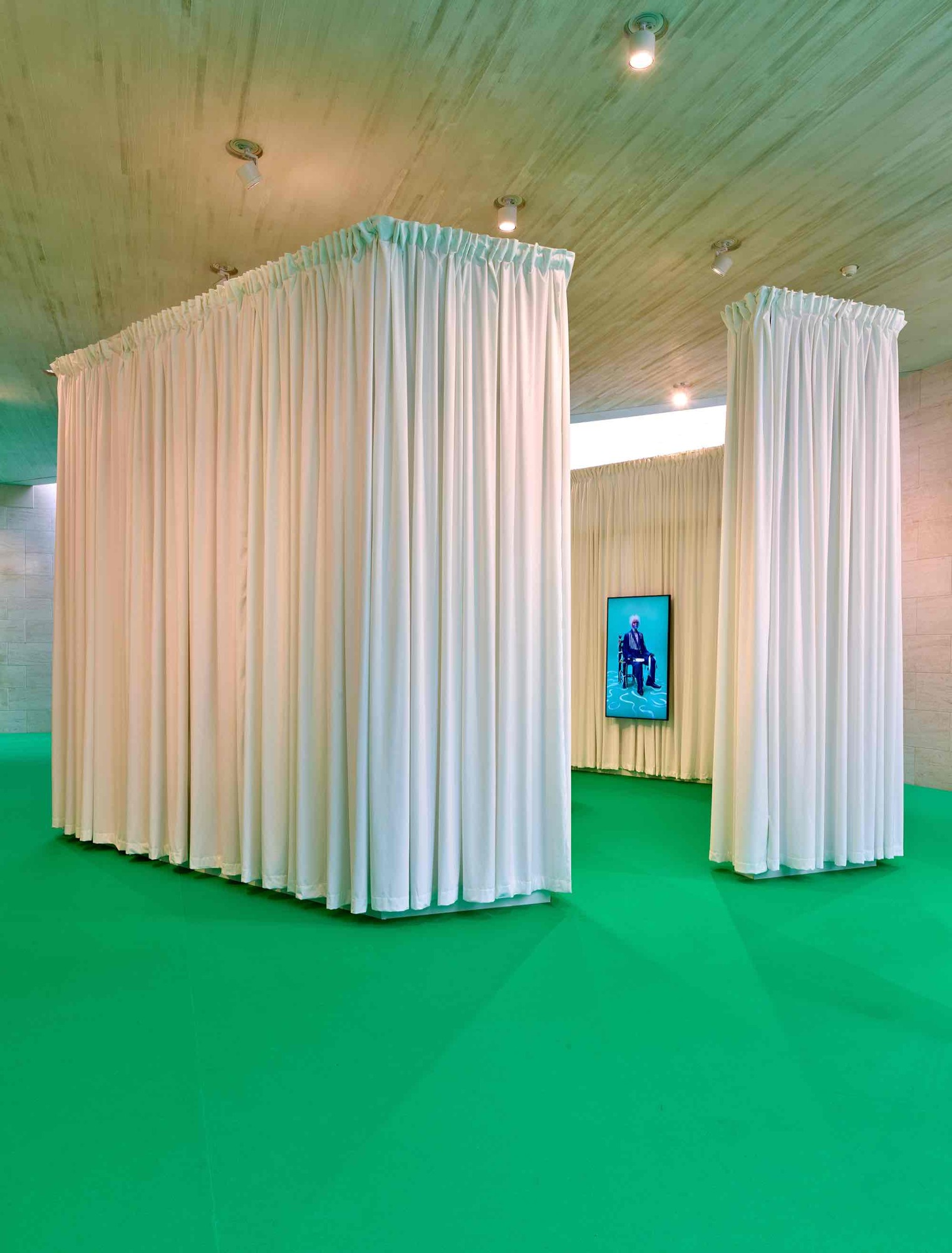
View of the exhibition Sin Wai Kin. Portraits, 29.03 — 09.06.2024, Mudam Luxembourg
© Photo : Studio Rémi Villaggi
© Photo : Studio Rémi Villaggi
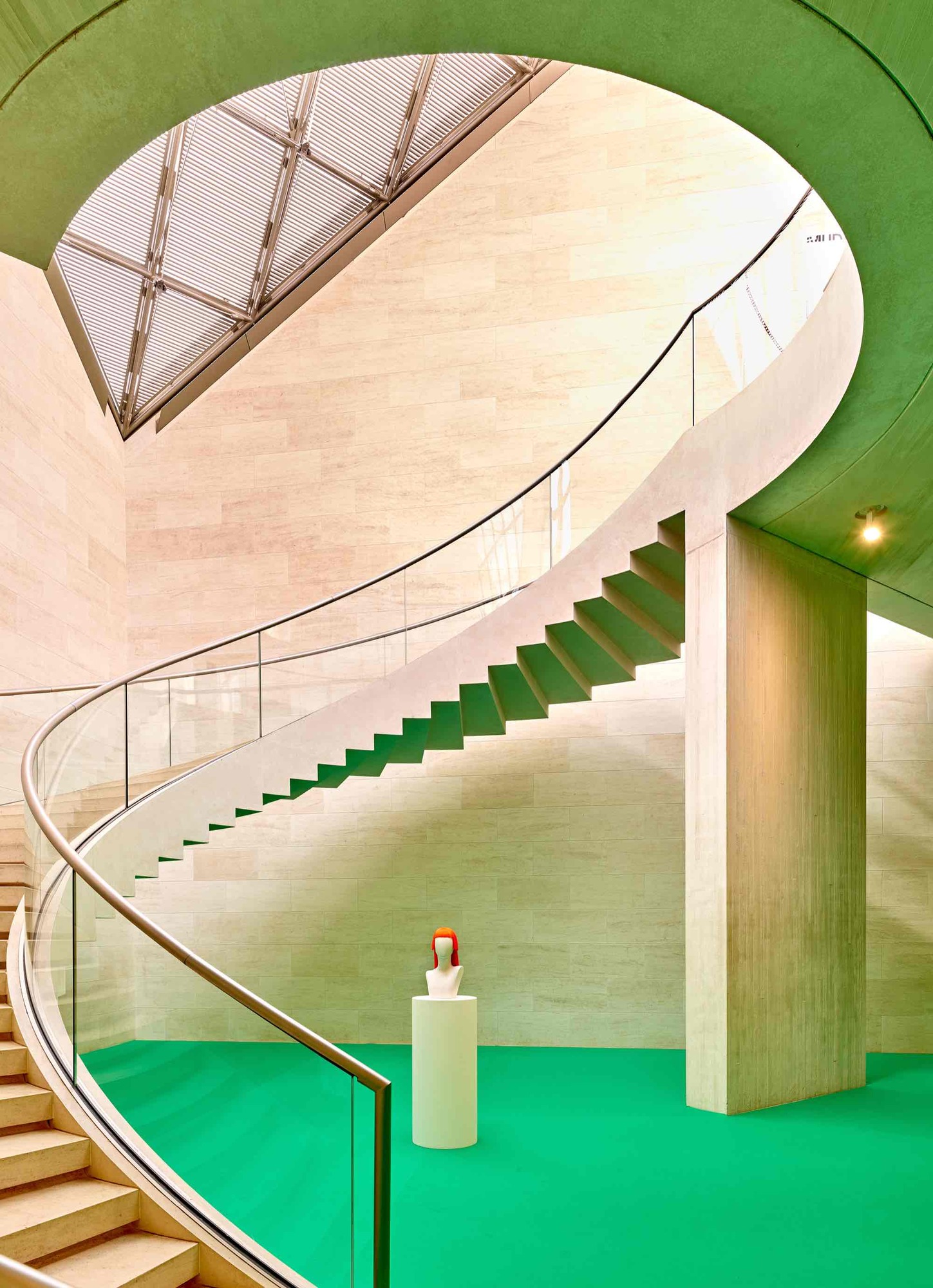
View of the exhibition Sin Wai Kin. Portraits, 29.03 — 09.06.2024, Mudam Luxembourg
© Photo : Studio Rémi Villaggi
© Photo : Studio Rémi Villaggi
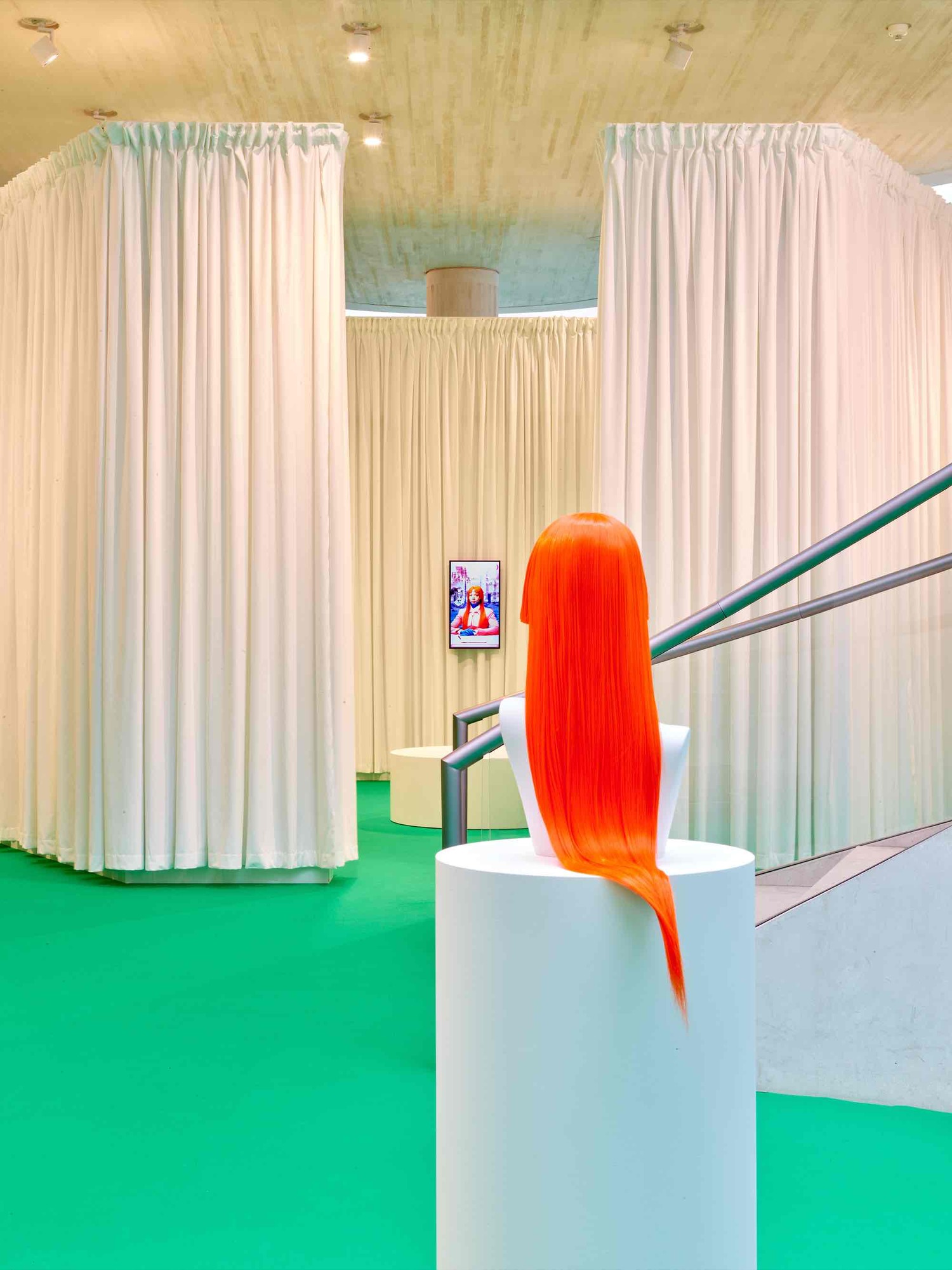
View of the exhibition Sin Wai Kin. Portraits, 29.03 — 09.06.2024, Mudam Luxembourg
© Photo : Studio Rémi Villaggi
© Photo : Studio Rémi Villaggi
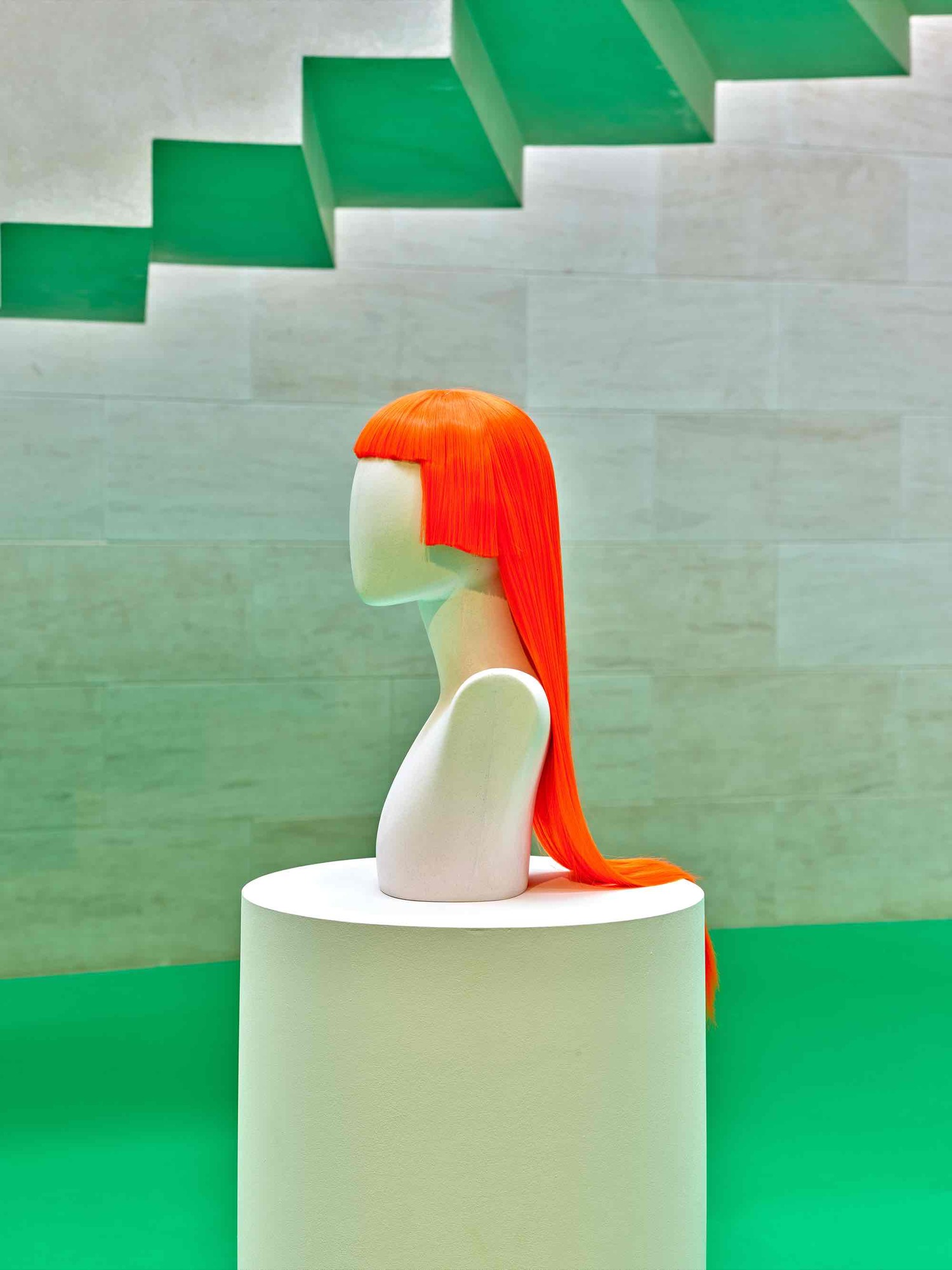
View of the exhibition Sin Wai Kin. Portraits, 29.03 — 09.06.2024, Mudam Luxembourg
© Photo : Studio Rémi Villaggi
© Photo : Studio Rémi Villaggi

View of the exhibition Sin Wai Kin. Portraits, 29.03 — 09.06.2024, Mudam Luxembourg
© Photo : Studio Rémi Villaggi
© Photo : Studio Rémi Villaggi
Portraits transforms the Foyer of Mudam Luxembourg – Musée d’Art Moderne Grand-Duc Jean into a space for the exploration of the possibilities of storytelling, and of perceived notions of reality. Enclosed within a white curtained structure are five moving image artworks from the series Portraits (2023 – ongoing) by artist Sin Wai Kin (b. 1991, Toronto). Hanging like in a traditional painting gallery, the works expand on the art historical pictorial tradition of portraiture through the chosen medium and their protagonists. Sin’s practice, which includes performance, moving images, writing and print, uses speculative fiction to dissolve assumptions around objective truths. The artist seeks to surpass gendered and normative approaches to identity, drawing attention to the construction of the physical body within the social body, meaning the representations, uses, habits and desires of bodies in society. Playing in a continuous loop on the screens, the characters that Sin personifies in this specific series reference iconic artworks and literary stories to explore impermanent identities and realities.
The embodiment of fantasy is central in the artist’s practice, wherein the external appearance of Sin’s figures, and the worlds they inhabit, are shaped by a myriad of sources, among which traditional Chinese dramaturgy, drag and science fiction. The Universe, with its floral face-paint, alludes to the mighty male Jing role in Cantonese opera. The video work directly references the painted rendition of the Taoist story ‘The Butterfly Dream’ made in circa 1550 by the Chinese painter, calligrapher, and poet Lù Zhì (b. 1496, Suzhou, China – d. 1576, China). The parable is a passage from the Zhuangzi, one of the two foundational texts of Taoism named after its traditional author, the philosopher Zhuang Zhou (b. circa 369 BC – d. circa 286 BC, China) written by him and others during the Warring States period (476 – 221 BC). In this story, Zhuangzi dreams of being a butterfly and, upon waking up, begins to wonder if he is a man who dreamed of being a butterfly or a butterfly dreaming of being a man. The story references notions of transformation and of subjective reality through the state of dreaming as a means to explore the idea of alternative worlds. Sin identifies with ‘The Butterfly Dream’ because it encapsulates how the artist’s world ‘seems like a made-up fantasy for some people’, and how ‘we are living in a world where many different realities coexist’.
Some of the protagonists have been previously used in other works by Sin Wai Kin. Wai King, the heartthrob in It’s Always You (2021), is reimagined in the guise of a hypermasculine version of Caravaggio’s (b. 1571, Milan – d. 1610, Porto Ercole) Narcissus (1597–1599). Witnessing his act of self-absorption is a reminder of our own perceived self-identity in relation to the perception of ourselves by others. With Change, the artist channels Frida Kahlo’s (b. 1907 – d. 1954, Mexico City) Self-Portrait with Cropped Hair (1940), adopting Kahlo’s penetrating outward gaze in this embracing of one’s masculine side. The Storyteller is a recurring character played by Sin Wai Kin, appearing in previous works like Today’s Top Stories (2020) and The Breaking Story (2022). Inspired by the authoritative figure of the newsreader, the character reports polarising perspectives and philosophical propositions on existence, consciousness, and identity. The figure in the Portraits video, set in a futuristic, arid, outer-space environment, stares at us as they adopt the pose from Leonardo da Vinci’s (b. 1452, Anchiano, Italy – d. 1519, Amboise, France) Mona Lisa (c. 1503–1506). In The Construct, which references Man Ray’s (b. 1890, Philadelphia – d. 1976, Paris) Surrealist photograph Noire et Blanche (1926), Sin directly confronts the idea of binaries versus multitudes contained within individuals, essential in understanding the construction of identity. In contrast to the other works, the artist sets Change and The Construct in an enveloping chroma- green space. The same colour is used in filmmaking for altering surroundings and contexts through post-production techniques, and it has been an integral part of all presentations of the Portraits thus far. Immersed in the same hue, the characters in these two works feel somewhat grounded in a space that feels closer to our real life, sparking reflections on our own ongoing, potential transformations.
The protagonists’ ever-changing evolution exemplifies the artist’s exploration of gender hybridity and their challenging of ideas around binarities, all the while being, as the artist posits, vehicles to work through personal aspects of their own complex identity. In their almost imperceptible movements, the living portraits push the limits of the pictorial tradition, and the subject’s capacity of displaying an awareness of the viewer’s gaze, sometimes powerfully holding it. Standing in front of the screens, viewers will see characters walk in, control the place they inhabit, and walk out – performing for us within this theatrical space. The faceless bust, with a character’s wig outside the boundaries of the video does not idly stand by to act as sculpture: it jolts the characters into our tangible world, remaining far, existing somewhere beyond the frame, inviting us into their world of new possibilities.
Curators Marie-Noëlle Farcy, assisted by Carlotta Pierleoni
The embodiment of fantasy is central in the artist’s practice, wherein the external appearance of Sin’s figures, and the worlds they inhabit, are shaped by a myriad of sources, among which traditional Chinese dramaturgy, drag and science fiction. The Universe, with its floral face-paint, alludes to the mighty male Jing role in Cantonese opera. The video work directly references the painted rendition of the Taoist story ‘The Butterfly Dream’ made in circa 1550 by the Chinese painter, calligrapher, and poet Lù Zhì (b. 1496, Suzhou, China – d. 1576, China). The parable is a passage from the Zhuangzi, one of the two foundational texts of Taoism named after its traditional author, the philosopher Zhuang Zhou (b. circa 369 BC – d. circa 286 BC, China) written by him and others during the Warring States period (476 – 221 BC). In this story, Zhuangzi dreams of being a butterfly and, upon waking up, begins to wonder if he is a man who dreamed of being a butterfly or a butterfly dreaming of being a man. The story references notions of transformation and of subjective reality through the state of dreaming as a means to explore the idea of alternative worlds. Sin identifies with ‘The Butterfly Dream’ because it encapsulates how the artist’s world ‘seems like a made-up fantasy for some people’, and how ‘we are living in a world where many different realities coexist’.
Some of the protagonists have been previously used in other works by Sin Wai Kin. Wai King, the heartthrob in It’s Always You (2021), is reimagined in the guise of a hypermasculine version of Caravaggio’s (b. 1571, Milan – d. 1610, Porto Ercole) Narcissus (1597–1599). Witnessing his act of self-absorption is a reminder of our own perceived self-identity in relation to the perception of ourselves by others. With Change, the artist channels Frida Kahlo’s (b. 1907 – d. 1954, Mexico City) Self-Portrait with Cropped Hair (1940), adopting Kahlo’s penetrating outward gaze in this embracing of one’s masculine side. The Storyteller is a recurring character played by Sin Wai Kin, appearing in previous works like Today’s Top Stories (2020) and The Breaking Story (2022). Inspired by the authoritative figure of the newsreader, the character reports polarising perspectives and philosophical propositions on existence, consciousness, and identity. The figure in the Portraits video, set in a futuristic, arid, outer-space environment, stares at us as they adopt the pose from Leonardo da Vinci’s (b. 1452, Anchiano, Italy – d. 1519, Amboise, France) Mona Lisa (c. 1503–1506). In The Construct, which references Man Ray’s (b. 1890, Philadelphia – d. 1976, Paris) Surrealist photograph Noire et Blanche (1926), Sin directly confronts the idea of binaries versus multitudes contained within individuals, essential in understanding the construction of identity. In contrast to the other works, the artist sets Change and The Construct in an enveloping chroma- green space. The same colour is used in filmmaking for altering surroundings and contexts through post-production techniques, and it has been an integral part of all presentations of the Portraits thus far. Immersed in the same hue, the characters in these two works feel somewhat grounded in a space that feels closer to our real life, sparking reflections on our own ongoing, potential transformations.
The protagonists’ ever-changing evolution exemplifies the artist’s exploration of gender hybridity and their challenging of ideas around binarities, all the while being, as the artist posits, vehicles to work through personal aspects of their own complex identity. In their almost imperceptible movements, the living portraits push the limits of the pictorial tradition, and the subject’s capacity of displaying an awareness of the viewer’s gaze, sometimes powerfully holding it. Standing in front of the screens, viewers will see characters walk in, control the place they inhabit, and walk out – performing for us within this theatrical space. The faceless bust, with a character’s wig outside the boundaries of the video does not idly stand by to act as sculpture: it jolts the characters into our tangible world, remaining far, existing somewhere beyond the frame, inviting us into their world of new possibilities.
Curators Marie-Noëlle Farcy, assisted by Carlotta Pierleoni
